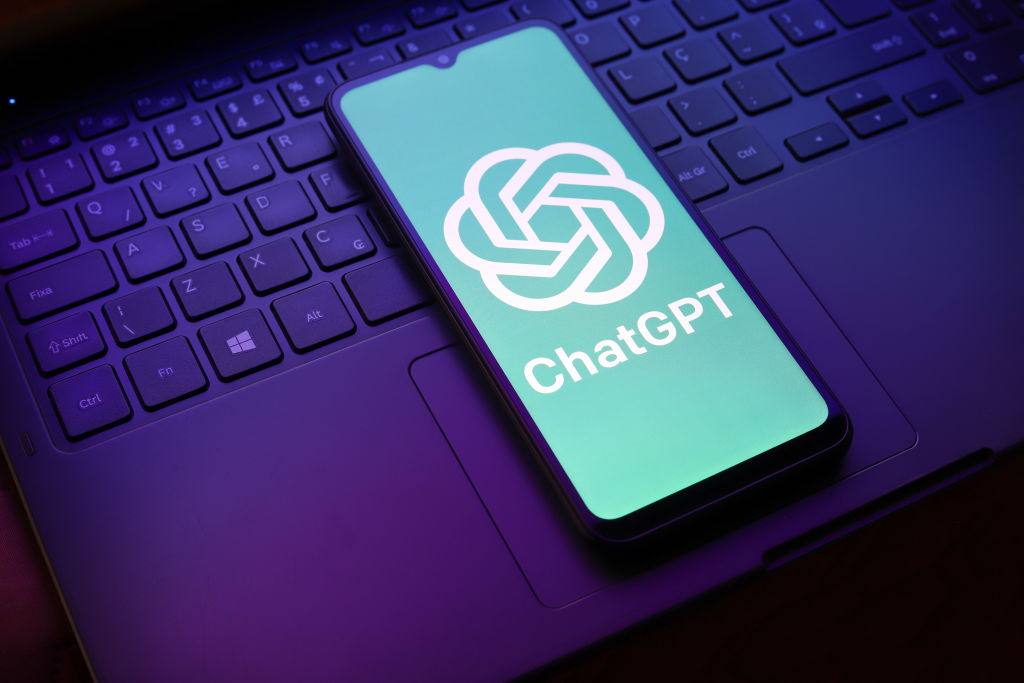ChatGPT: A Comprehensive Guide to OpenAI’s Revolutionary AI Chatbot
Since its debut in November 2022, OpenAI’s ChatGPT has rapidly transformed from a novel AI tool into a global phenomenon, boasting over 300 million weekly active users. This AI-powered chatbot has significantly impacted various sectors, including education, technology, and entertainment, by enabling users to generate human-like text based on short prompts.
Evolution and Milestones
2024: A Year of Expansion and Innovation
In 2024, OpenAI made significant strides in enhancing ChatGPT’s capabilities and accessibility:
– Partnership with Apple: OpenAI collaborated with Apple to integrate ChatGPT into Apple’s generative AI platform, Apple Intelligence. This partnership aimed to provide users with seamless AI-driven experiences across Apple devices.
– Introduction of GPT-4o: The release of GPT-4o marked a significant advancement, introducing voice capabilities that allowed users to engage in more dynamic and interactive conversations with ChatGPT.
– Launch of Sora: OpenAI unveiled Sora, a text-to-video model, expanding ChatGPT’s functionalities beyond text generation to include video content creation.
2025: Addressing Challenges and Strengthening Foundations
Despite its rapid growth, OpenAI faced several challenges in 2025:
– Leadership Changes: The company experienced notable departures, including co-founder and chief scientist Ilya Sutskever and CTO Mira Murati. These changes prompted OpenAI to reassess its leadership structure and strategic direction.
– Legal Battles: OpenAI encountered legal challenges, including lawsuits from Alden Global Capital-owned newspapers alleging copyright infringement. Additionally, Elon Musk sought an injunction to halt OpenAI’s transition to a for-profit model, raising questions about the company’s future trajectory.
– Global Competition: OpenAI faced increasing competition from Chinese AI firms like DeepSeek, prompting the company to strengthen its relationships with policymakers in Washington and pursue ambitious projects, such as a large-scale data center initiative.
Key Product Updates and Features
November 2025: GPT-5.1 Release
OpenAI introduced GPT-5.1, enhancing the GPT-5 series with two distinct models:
– Instant Model: Designed to be more conversational and user-friendly, providing a warmer interaction experience.
– Thinking Model: Optimized for faster processing of simple tasks, improving efficiency and responsiveness.
October 2025: Enhanced Customization Options
ChatGPT expanded its customization features, allowing users to assign specific traits to the chatbot, such as chatty or Gen Z. This update enabled users to tailor ChatGPT’s responses to better align with their preferences and communication styles.
September 2025: Integration with macOS Desktop Apps
OpenAI enhanced ChatGPT’s integration with macOS by enabling the chatbot to read and interpret code from various developer-focused applications, including VS Code, Xcode, TextEdit, Terminal, and iTerm2. This feature streamlined the workflow for developers by reducing the need to manually input code into ChatGPT.
August 2025: Introduction of ChatGPT Agent
OpenAI launched ChatGPT Agent, a general-purpose AI capable of performing a wide range of computer-based tasks on behalf of users. This agent can navigate calendars, generate presentations, and execute code, marking a significant step toward creating more autonomous AI systems.
July 2025: Expansion of Custom Instructions
The custom instructions feature, initially available to premium users, was expanded to include all ChatGPT users. This feature allows individuals to set specific preferences and requirements, enabling more personalized and context-aware interactions with the chatbot.
June 2025: ChatGPT Store Launch
OpenAI unveiled the ChatGPT Store, a platform for custom AI-powered chatbots developed by both OpenAI partners and the broader developer community. The store offers a variety of GPTs across categories like lifestyle, writing, research, programming, and education, providing users with tailored AI solutions.
May 2025: ChatGPT for Mac Availability
The ChatGPT desktop application for macOS was made available to all users, offering quick access to the chatbot through a simple keyboard shortcut. This release aimed to enhance user convenience and integrate ChatGPT more seamlessly into daily workflows.
April 2025: Addressing Content Moderation Issues
OpenAI addressed a critical issue where a bug allowed minors to generate inappropriate content. The company implemented fixes to prevent such occurrences, emphasizing its commitment to user safety and content moderation.
March 2025: Web Search Integration
Anthropic, a competitor in the AI space, added web search capabilities to its Claude chatbot. This development highlighted the growing trend of integrating real-time information retrieval into AI chatbots, a feature that users increasingly expect.
February 2025: ChatGPT’s Role in Automotive Industry
Volkswagen announced plans to integrate ChatGPT into its vehicles equipped with the IDA voice assistant. This integration aimed to provide drivers with AI-powered assistance, enhancing the in-car experience through advanced conversational capabilities.
January 2025: Discord Enhances Bot with ChatGPT Features
Discord updated its Clyde bot by incorporating ChatGPT-like features, enabling users to engage in more dynamic and interactive conversations within the platform. This update demonstrated the versatility of ChatGPT’s technology in enhancing user engagement across different platforms.
Looking Ahead
As ChatGPT continues to evolve, OpenAI remains focused on addressing challenges related to content moderation, user safety, and competition. The company’s ongoing efforts to enhance ChatGPT’s capabilities and integrate it into various platforms underscore its commitment to advancing AI technology and providing users with innovative tools to enhance productivity and engagement.


